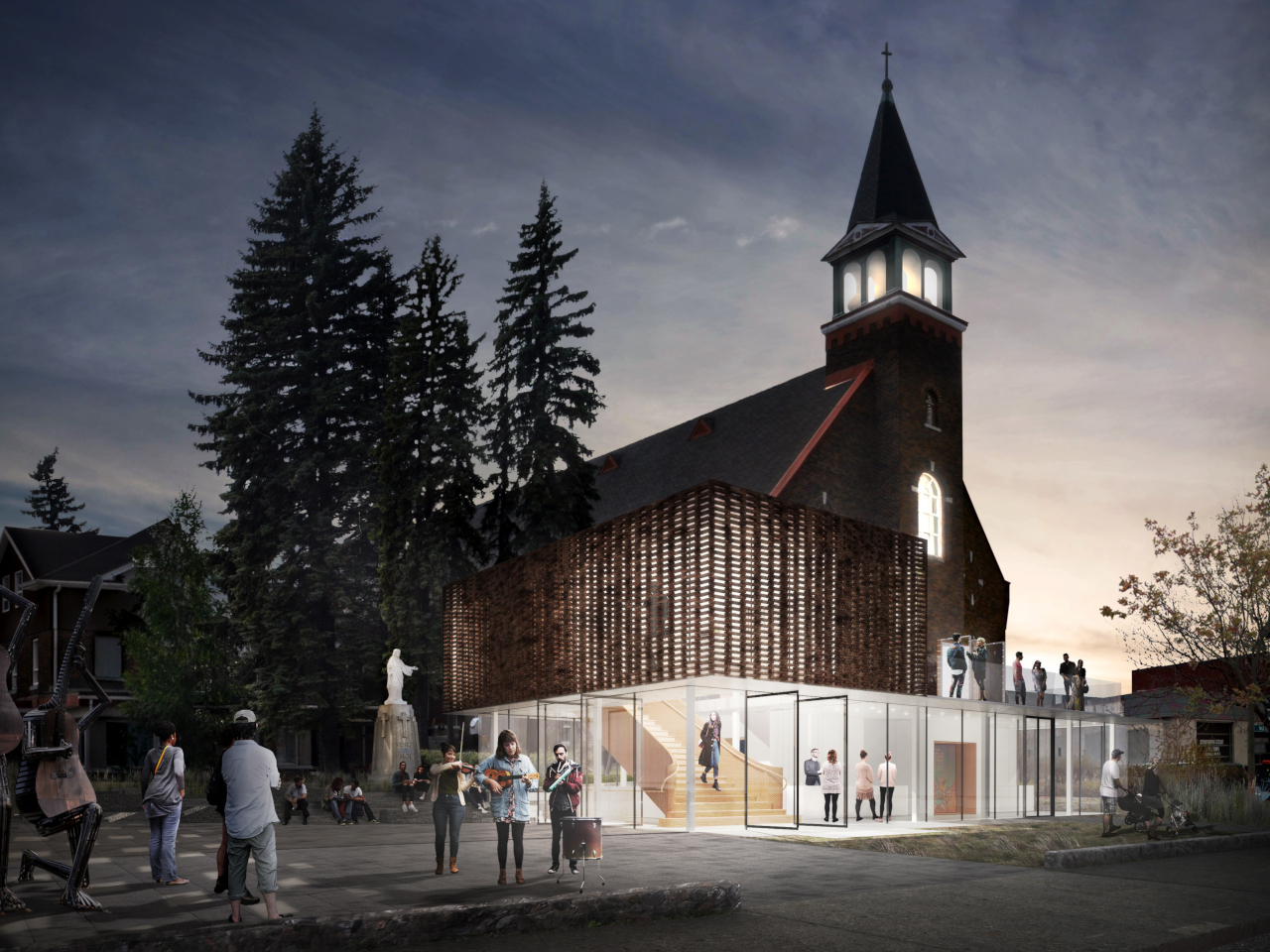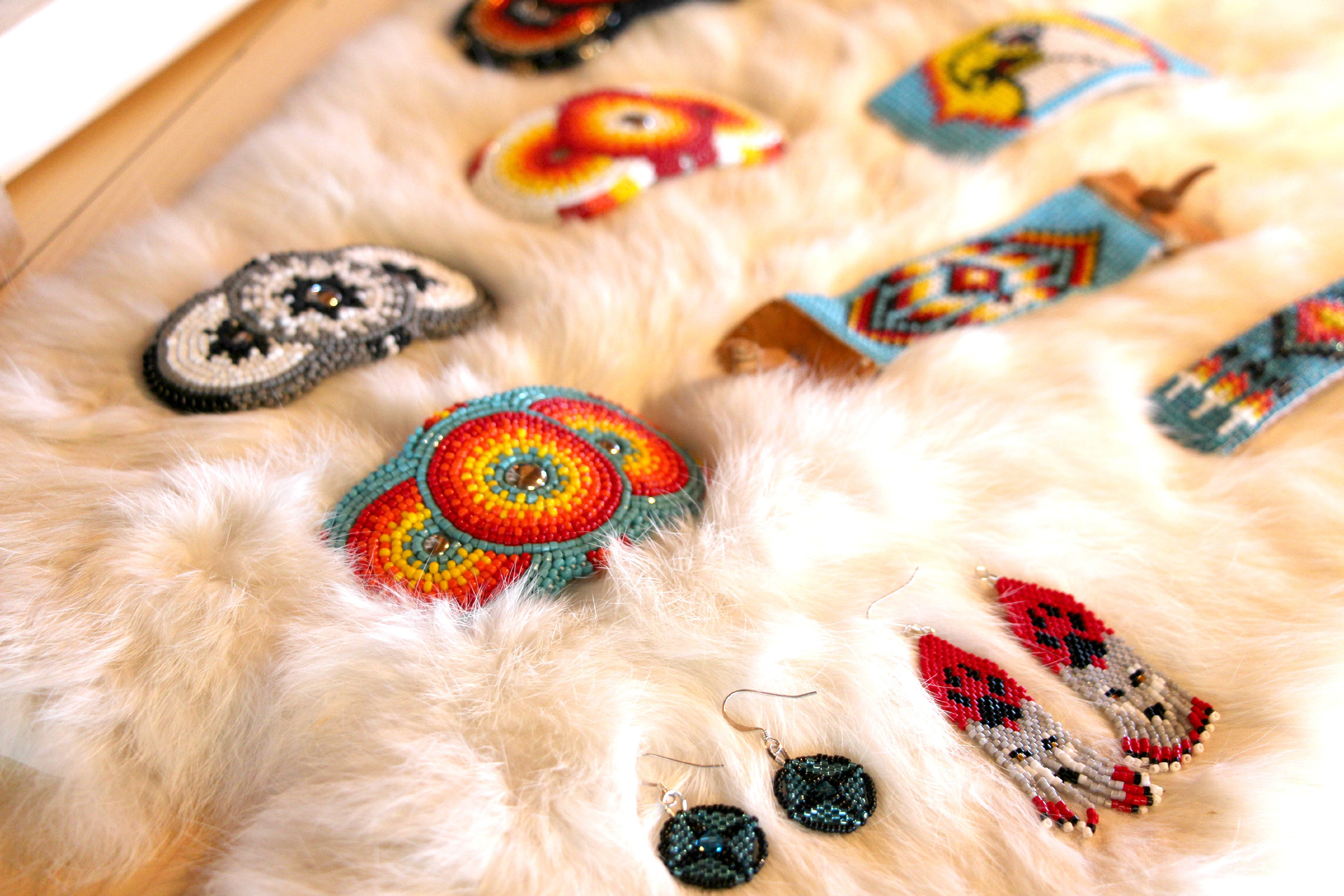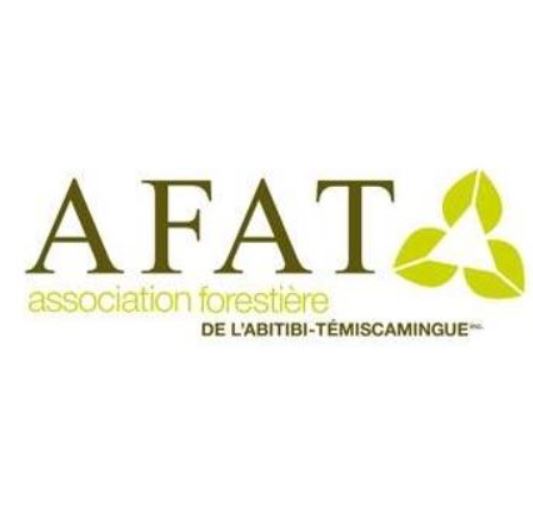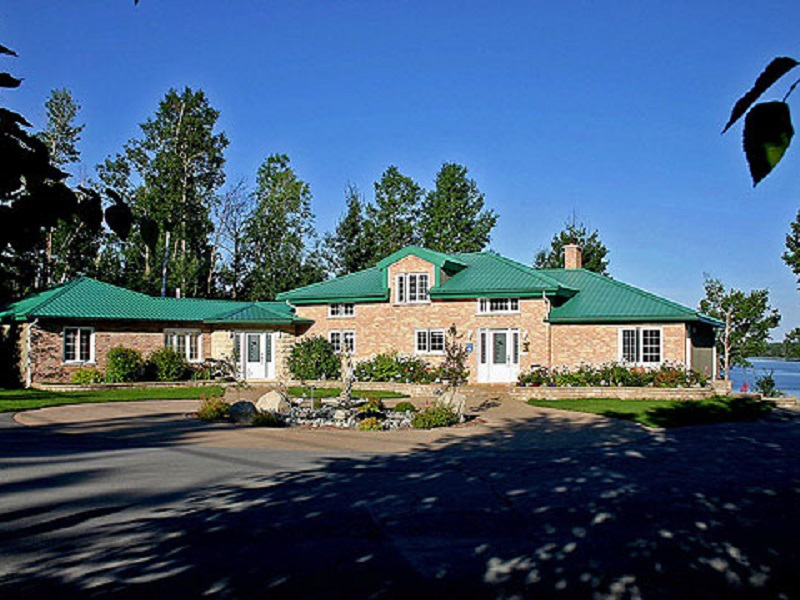By gabrielleif
Founded 50 years ago, in 1972, the Musée minéralogique has never stopped reinventing itself over the years. Anyone who’s ever driven from Rouyn-Noranda to Val-d’Or will recall the huge sign for the museum on the outskirts of Malartic. And even if you’ve never been, you know how to get there: turn right at the third traffic light. So, it’s worth following the directions for the treasure trove of information, discoveries, and amazing demonstrations of nature’s power that await you.
Initially house in an old Protestant church until it moved to a new building in 1979, the museum has grown and expanded over the years, according to Jean Massicotte, its director since 1985. The last major development, in 2008, was a turning point in the museum’s history, in his opinion, with the opening of a new exhibition room and the relocation of the municipal library to a building connected to the museum: “The extra room lets us host two to three temporary exhibitions per year. We also change part of our permanent exhibition at least once every five years. Basically, we’re always trying to bring something new to the museum to make sure it continues to thrive.” This helps the museum fulfill its mission of teaching the public about minerals and the mining industry, while showcasing the region and its natural resources.
An enlightening visit
Not only is the museum a great destination for people of all ages, it’s also a gateway to the fascinating world of geology. First, visitors are treated to a wealth of information about the local geology and how it makes the area so rich and distinct. Next, they learn about mining projects in the area, the recent history of the town of Malartic, the arrival of the Canadian Malartic Corporation and the colossal work involved, the characteristics of fluorescent minerals, the ins and outs of mineral exploration and mining, etc. The guides explain everything in terms that are easy for beginners to understand.
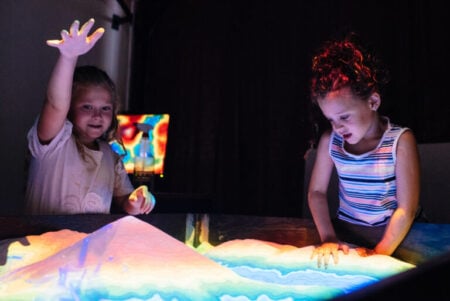
Visitors of all ages will enjoy a trip to the museum. Photo: Christian Leduc
Thrills and chills
One of the highlights of the visit is the earthquake simulator, which lets visitors experience what an earthquake feels like at different levels and compare it to the daily blasting that takes place at the Canadian Malartic Mine (which suddenly seems quite peaceful in comparison!).
Visitors will also be awestruck by the beauty and scale of certain natural phenomena. The vast selection of fairy stones and the international mineral collection are sure to impress. It’s hard to doubt the power of nature when gazing on the intricate details of a desert rose or the bright purple hue of an amethyst, not to mention the fluorescent minerals or one of the oldest rock samples in the world. At the museum, there’s no denying the richness and complexity of the world that surrounds us.
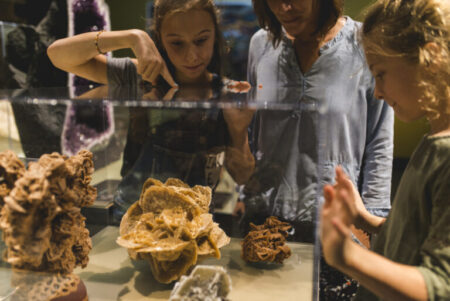
A desert rose. Credit: Marie-Claude Robert

The abundance of fairy stones in Abitibi-Témiscamingue is impressive!
Fifty years of history
The museum’s current temporary exhibition is about nothing less than... the museum itself! To mark the museum’s 50th anniversary, visitors will find interpretation panels on its main stages of development and various artifacts attesting to the evolution of the mining industry. It’s an informative glimpse not only at all the progress made since the museum first opened, but also at how working conditions and methods have changed in the mining industry.
As part of this anniversary year—and as a way to enhance its programming—the museum plans to improve its teaching kits for schools and add an interactive map to its permanent exhibition to get visitors thinking in new ways. There are also plans to make the temporary exhibition available in a virtual format.
Before or after your visit, don’t forget to stop by Parc Belvedere, right next to the museum, where you’ll enjoy a breathtaking view of the Canadian Malartic Mine, the biggest operating open-pit gold mine in Canada.

Parc Belvedere offers an unparalleled view of the Canadian Malartic Mine. Photo: Christian Leduc
Enjoy your visit!




